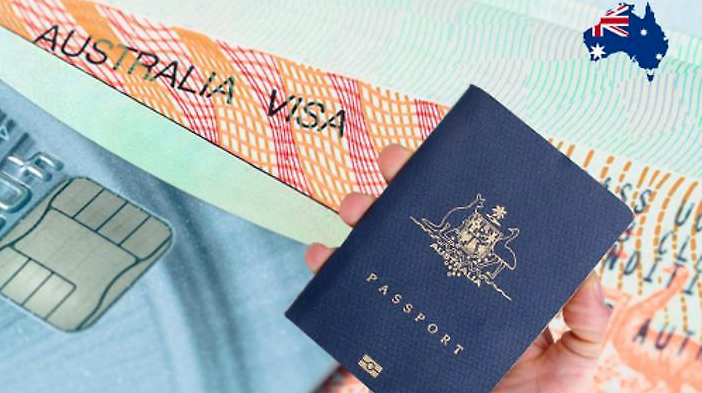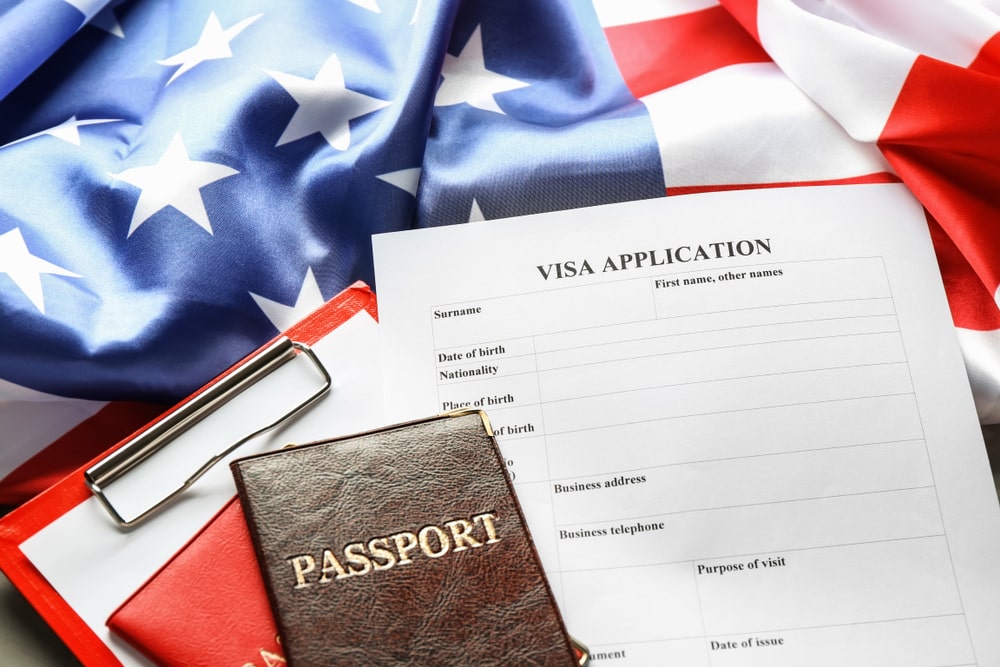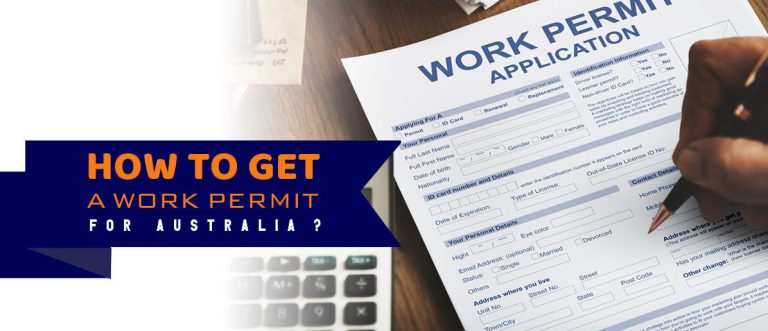Understanding Asylum Seekers and Refugees
Individuals who have fled their home country and are seeking protection in another country are commonly referred to as asylum seekers. On the other hand, a refugee is someone who has left their home country due to a well-founded fear of persecution, as outlined in the United Nations Convention relating to the Status of Refugees. This persecution may be based on factors such as race, religion, nationality, political beliefs, or membership in a particular social group.
Permanent Protection Visas
In Australia, asylum seekers granted a Protection visa become permanent residents and are entitled to various social and government benefits. Holders of Protection visas can even sponsor family members for permanent residency and citizenship, albeit with some restrictions. To qualify for this visa, applicants must meet specific criteria, including being under Australia’s protection mandate while physically present in the country and passing health and character assessments.
Temporary and Bridging Visas
For those who arrived in Australia without a visa after August 13, 2012, permanent Protection visas are not an option. Instead, they may apply for Temporary Protection visas (TPV) or Safe Haven Enterprise visas (SHEV) under fast-track processing. Bridging visas are also available, allowing individuals to reside in the community while their refugee claims are being assessed or while they make arrangements to leave Australia.
Support for Asylum Seekers on Bridging Visas
Asylum seekers on Bridging visas receive limited state benefits, including access to Medicare and the freedom to choose their place of residence. While children can attend public schools, adults may be required to pay. Additionally, some asylum seekers may be eligible for support and financial assistance through programs like the Status Resolution Support Service (SRSS), although recent changes have significantly reduced support for full-time students who are work-ready.
Temporary Protection Visas (TPV) and Safe Haven Enterprise Visas (SHEV)
Temporary Protection Visas, reinstated in December 2014, provide asylum seekers with temporary protection for three years. Holders can work and access healthcare services but are not eligible to sponsor family members for permanent residency. Safe Haven Enterprise Visas, valid for five years, also offer temporary protection but require holders to work or study in regional Australia for a specified period to be eligible for other visas.
In summary, while Australia provides avenues for protection and support to asylum seekers and refugees, navigating the visa system can be complex, and recent changes have affected the availability of certain visas and support services.



